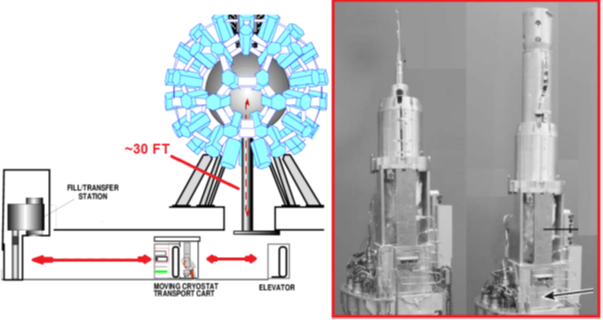Inertial Fusion Energy is a proposed approach to building a nuclear fusion power plant based on performing inertial confinement fusion at industrial scale. This approach to fusion power is still in a research phase. ICF first developed shortly after the development of the laser in 1960, but was a classified US research program during its earliest years. In 1972, John Nuckolls wrote a paper predicting that compressing a target could create conditions where fusion reactions are chained together, a process known as fusion ignition or a burning plasma. [2] On August 8, 2021, the NIF at Livermore National Laboratory became the first ICF facility in the world to demonstrate this (see plot). [3] [4] This breakthrough drove the US Department of Energy to create an Inertial Fusion Energy program in 2022 with a budget of 3 million dollars in its first year. [5]
Contents
- Design of a IFE power plant
- ICF Research Institutions
- IFE Research Programs
- Driver Development
- Related Driver Technologies
- Target Development
- Target Example
- Cryogenic Targets
- Moving Cryogenic Targets
- See also
- Notes and references
- Further reading






